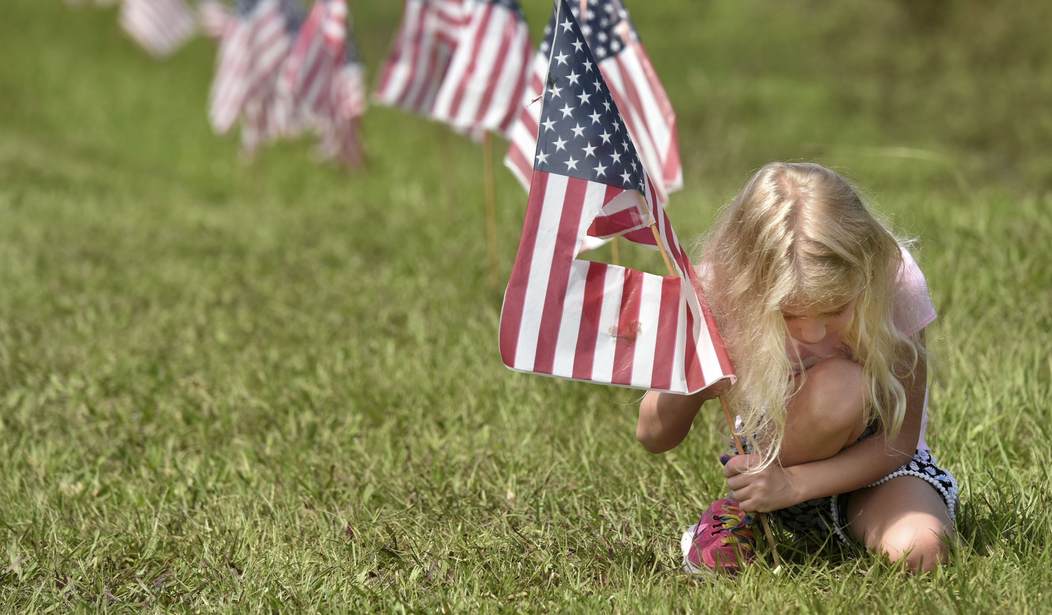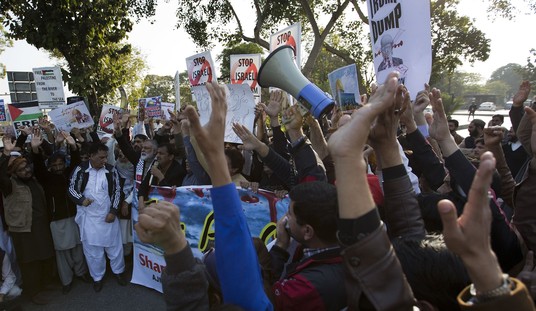We usually talk about our “Founding Fathers” when we talk about who led and won the Revolutionary War for the colonies. While it may be assumed that none of this could have happened without the many forgotten men who followed those leaders into war, the nation also owes a debt of gratitude to some brave women who contributed with the same courage.
Deborah Sampson
Deborah Sampson was 16 years old when the Declaration of Independence was signed in 1776. Not long after this, and of her own accord, she found herself in a Continental Army uniform on the front lines, fighting against the British army. But this was only the beginning. Her story is true, not a legend, and an amazing one.
She became one of the heroines of the American Revolution when she disguised herself as a man and joined the patriot forces. As a result, Sampson was the only woman to earn a full military pension for her membership in the Continental Army.
Long before war broke out, Sampson had already been an indentured servant. She educated herself, and then she became a school teacher and a weaver.
By 1782, with the war still undecided, she decided to join the effort. So, she disguised herself as a man and adopted the name “Robert Shurtleff.” She then signed on with the 4th Massachusetts Regiment of the Continental Army under Gen. George Washington.
She served in the light infantry and was assigned to scout neutral territory as a way to gauge the British army’s movements in and around Manhattan. Washington was considering an attack there.
That first year, she was one of those who led an expedition that engaged with the enemy and resulted in the capture of 15 red coats.
She served in the army for more than two years before anyone suspected she wasn’t a man. Then, in a post-war but “pre-peace” skirmish, she was wounded in her left leg. While the war officially ended on September 3, 1783, with the signing of the Treaty of Paris, hostilities continued during what historians describe as the “clean-up” phase.
After being wounded, Sampson was able to remove a pistol ball from her leg herself. At some point after that, she became sick during what has been described as an epidemic. She fell unconscious. That’s when a doctor at the field hospital discovered that “he” was in fact a “she.”
The doctor who discovered her truth kept it quiet but made sure to tell Washington about it. Washington decided that she had to be discharged, but in recognition of all that she did and her bravery, he made sure her discharge was an honorable one.
Sampson moved back to Massachusetts, where she got married and had children. In 1802, she began a year-long lecture tour about her experiences. She died in 1826 at 66 years of age.
Lydia Darragh
Lydia Darragh was an Irish immigrant, and as such, it wouldn’t have been difficult to get her to turn on the British. She’s known to American history as one of the notable patriot spies.
Barrington arrived in Philadelphia from Dublin in 1753. She was married to William Darragh. When they got to Pennsylvania, William worked as a tutor, and Lydia found work as a midwife. She gave birth herself to five kids.
She and William were Quakers and pacifists. Still, their oldest boy, Charles, joined the Continental Army’s 2nd Pennsylvania Regiment.
In September 1777, the British were in control of Philadelphia, and Gen. William Howe set up his headquarters across the street from the Darraghs.
Shrewdly, she had enlisted the help of a relative of hers who was in the British army. So when Howe wanted to expand his headquarters footprint on the street, Lydia persuaded Howe to let her family stay in the house while the British used their parlor as a meeting room.
The British Army agreed to this arrangement because the Darraghs were known to be pacifists and assumed to be neutral on the war. Howe and his generals never suspected that Lydia was in fact a spy for the patriots.
Lydia was able to gather critical information on the British. She relayed that information to her son Charles. One of her younger sons served as the messenger of her coded letters.
In December of 1777, the generals met in Darragh’s parlor to talk about battle plans. They ordered the family to stay in their rooms while they met. Lydia pretended to go to her room but hid herself so she could listen to the meeting. They were planning to surprise Gen. Washington at Whitemarsh, which was north of Philadelphia.
The next day, Lydia asked Howe for permission to visit her younger children who were staying outside of the city area, and to buy flour. She navigated her way through British checkpoints and to the Rising Sun Tavern. This is where accounts differ. One has her informing a Continental Army soldier who relayed the intelligence to Col. Elias Boudinot. The other account, and this one was from Boudinot himself, was that she wrote a letter and hid it inside a cloth needle book that was passed to him.
Washington was then prepared for Howe’s attack, and after a few days of smaller tussles in that area, Howe canceled the attack.
Things became tense when the British generals returned to headquarters and questioned Lydia. They thought that maybe she or her husband had listened in on that planning meeting. Lydia cooly deflected, and the situation was defused.
Nancy Hart
Another female spy for the Continental Army was Nancy Hart. Her given name was Ann Morgan. At the time, “Nancy” was a common nickname for Ann. Described as a tall woman, she married Benjamin Hart in 1771, and they settled in Georgia.
She was known for her patriotism and her frontier skills, particularly her talent as a sharpshooter.
The British army staked out her cabin because of her reputation. One story has it that a British soldier was spying on the family by peeping through a hole in the cabin’s wall. One of her daughters noticed this and told her mom. Nancy then splashed a ladle of boiling soap water through the hole, burning the soldier’s face.
The most well-known story of Hart was a time when British soldiers came onto her property and asked her about someone they were trying to track down. She didn’t give them any useful information, and they thought she was covering for the man. So, they went out to her yard and killed her last turkey. They then forced their way into her house and ordered her to prepare it for them to eat.
She complied and started to cook the bird, all the while plying the men with corn whiskey. Under the influence, they didn’t even notice Nancy stealing their weapons and moving them to the outside. At one point, Nancy’s daughter went outside to use a conch shell as an alarm to let the nearby neighbors know they were in distress.
The soldiers finally noticed that Nancy was taking their muskets. That’s when she picked one up, aimed it, and told them to stop or she’d shoot. She shot and killed the first to attack. Then, with the help of her daughter, Nancy held the other soldiers with their own muskets.
The neighbors arrived and reportedly hung those soldiers on a tree not far away. In 1912, there was a discovery of six bodies on that property. Reportedly, the six skeletons were buried under three feet of dirt and were said to have been there for at least 100 years.
Molly Pitcher
The story of Molly Pitcher is not about just one woman. Molly Pitcher, in fact, was a name used to describe an unknown number of women who supported artillery crews in the midst of battle. The name was used to describe women who brought cold water for the artillery crews to drink during combat. When the men needed water, they would yell, “Molly, pitcher!”
The most well-known woman to be associated with the name “Molly Pitcher” was Mary Ludwig Hays, the wife of John Hays, one of the soldiers in the Continental Army. He was a barber by trade and enlisted in the army when the war started. Two years later, in 1778, she joined the war effort in support of Capt. Francis Proctor’s Pennsylvania Artillery company.
The men in the company said she was a young woman who smoked and chewed tobacco. And she could match any man in the army in the art of profanity. She could cuss.
She distinguished herself for her bravery and hard work during the Battle of Monmouth. Her husband collapsed from either heat stroke or a battle-related injury, and Mary filled his spot at the cannon. It has been written that Gen. Washington thanked her personally for her contributions.
This story of Monmouth was corroborated by a soldier who was on the ground that day. In his diary, Pvt. Joseph Plumb Martin chronicled what he saw:
A woman whose husband belonged to the artillery and who was then attached to a piece in the engagement, attended with her husband at the piece for the whole time. While in the act of reaching a cartridge and having one of her feet as far before the other as she could step, a cannon shot from the enemy passed directly between her legs without doing any other damage than carrying away all the lower part of her petticoat. Looking at it with apparent unconcern, she observed that it was lucky It did not pass a little higher, for in that case it might have carried away something else, and continued her occupation.
There are many equally rich and inspirational stories of women who played critical roles in the battle for American independence. These stories are good for the heart and the soul. They are a reminder of just what that American spirit is and why it must be preserved.










